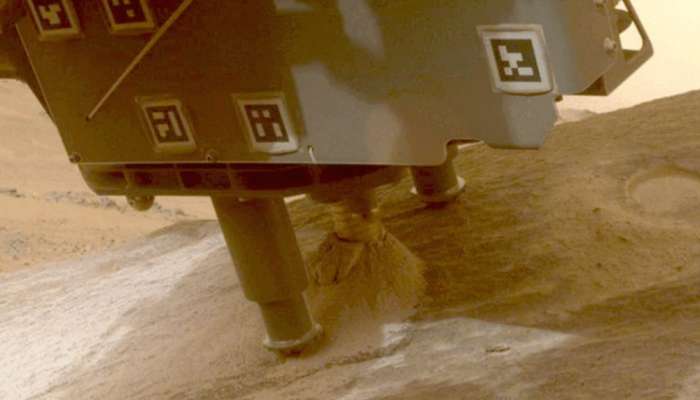
Florida: NASA’s plan to bring samples from Mars back to Earth is on hold until there’s a faster, cheaper way, space agency officials said.
Retrieving Mars soil and rocks has been on NASA’s to-do list for decades, but the date kept moving forward, as costs ballooned. A recent independent review put the total cost at $8 billion to $11 billion, with an arrival date of 2040, about a decade later than advertised.
NASA Administrator Bill Nelson said that’s too much and too late. He’s asking private industry and the space agency’s centers to come up with other options to revamp the project. With NASA facing across-the-board budget cuts, he wants to avoid gutting other science projects to finance the Mars sample project.
“We want to get every new and fresh idea that we can,” he said at a news conference. NASA’s rover Perseverance already has gathered 24 core samples in tubes since landing in 2021 at Mars’ Jezero Crater, an ancient river delta. The goal is more than 30 samples to scour for possible signs of ancient Martian life.
The space agency wants to get at least some of the collected samples to Earth sometime in the 2030s for no more than the $7 billion. That would require a spacecraft that goes to Mars to get the tubes and launches off the planet. Then it must rendezvous with yet another spacecraft that would bring the samples to Earth.
Scientists are eager to analyze pristine samples from Mars in their own labs, far superior to the kind of rudimentary testing done by spacecraft at the red planet. It will take such in-depth testing to confirm any evidence of microscopic life dating back billions of years when water flowed on the planet, according to NASA.